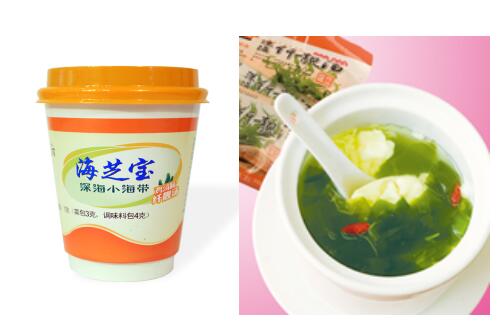First, the choice of raw feed The choice of raw feed is mainly grass seed, such as corn, wheat, rice and other processing by-products such as rice bran, wheat bran and so on. If these raw materials are cooked, there will be some loss of nutrients and the feeding effect will not be as good as that of raw materials. In addition, green feed should be fed, and most proteins and vitamins are destroyed when cooked. However, the actual feed of legume seeds, such as soybeans, bean cakes, peanut bran, and bean dregs, contains an anti-trypsin, which can hinder the digestion and absorption of legume proteins by trypsin in pigs. Such feeds cannot be fed and must be cooked at high temperatures. Cook to feed. Second, the raw feed method can be divided into wet and dry feed, the ratio of wet feed and water can not exceed 1:2.5, otherwise it will reduce the activity of various digestive enzymes, affect the digestion and absorption of feed. The most suitable ratio should be 1:1, and it is advisable to use a well-prepared feed to extrude waterdrops. Dry feed is fed in the form of powder and then fed after eating. The benefits of dry feeding: First, the feed is not easy to degenerate, can be fed for a few days, less artificial; second, can be made of dry powder of various agricultural and sideline products, combined with feeding, open up a variety of feed sources. Third, the raw materials should be cleaned and detoxified raw feed to pigs, should pay attention to washing and disinfection, so as not to infect parasites. Disinfection methods can be soaked in lime water or potassium permanganate solution. The best method is to fertilize the eggs at the site where the feed is planted, without pig manure or only with fermented pig manure. Buckwheat, rapeseed cakes, cottonseed cakes, and fresh cassava, which contain certain toxins, generally must be crushed, immersed in water, fermented or silaged, and must be fed before the toxins are removed. Fourth, the raw material crushed should be suitable for raw material crushed particles with a diameter of 1.2 to 1.8 mm is appropriate, this type of pig to eat up and refreshing, feed intake, long and fast. Diameter less than 1 mm, when the pig eats sticky mouth, affect palatability, and can easily cause gastric ulcer. Fifth, the amount of raw feed should be suitable for raw feed to feed the pig, the amount of feed due to different growth stages and production performance of pigs are different. Piglets and fattening pigs can be allowed to feed freely; breeding pigs are not, they must be supplied in a quantitative manner, otherwise, due to overfeeding, fat deposits are caused and affect breeding. Usually non-breeding boar species, the amount of concentrate material to be controlled in the 2 ~ 2.5 kg, breeding period can feed 3 ~ 3.5 kg; pregnant sows, the amount of consumables for the 2 ~ 2.5 kg, breast-feeding period is 5 ~ 6 kg. Sixth, to provide enough drinking water to feed the pigs, to supply enough water. Drinking water in winter is 2~3 times of dry feed, 4 times in spring and autumn and 5 times in summer. In particular, lactating sows and piglets must not be deficient in water, otherwise they will affect the sow’s milk secretion. The water quality should be clean and the water temperature should be warm in winter and cool in summer.
The kelp soup is very convenient to eat .
Select the tender parts of the kelp, the delicious soup comes from the deep sea. After opening the paper cups, it can be soaked in boiling water for a minute, which is delicious and nutritious. Rich in nutrients needed by the human body,It can be all kinds of people, especially teenagers and young women,.It's good for health and beauty.
Kelp Soup,Kelp Broth,Wakame Seaweed Soup,Vegetarian Seaweed Soup Shandong Haizhibao Ocean Science and Technology Co.,Ltd. , https://www.haizhibaoseafood.com

Raw materials feed six points
